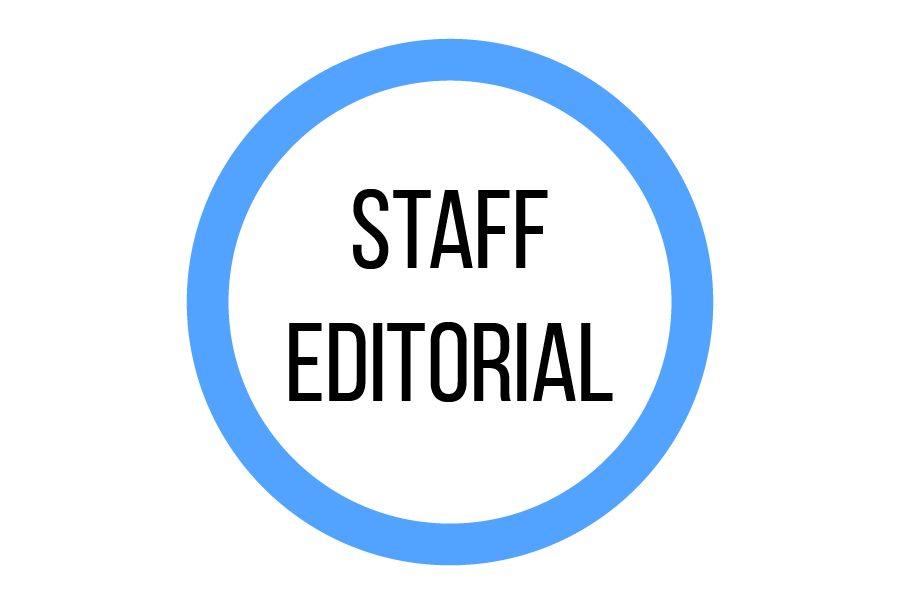Staff editorial: Nobody is entitled to ignore the pandemic
January 13, 2021
It’s been close to 300 days since March 13, when MCPS decided to send students home for what we thought would be a two-week break. Nobody expected that short disruption to extend into seven months of remote learning and social isolation. The coronavirus pandemic has upended every aspect of our lives, moving school online, canceling extracurricular activities and making it hard to see friends as we normally would.
We get it. We’re in the thick of an unprecedented situation that none of us were prepared to confront. It’s understandable that coping can be difficult, but ignoring safety precautions and gathering in large groups is just as dangerous now as it was in March. If we continue to live life as if all is normal, we will only exacerbate the state of the pandemic and further the strain on our emotional well-being in the long term.
After months of hearing reporters discuss the COVID-19 case count and death toll, it’s easy to become desensitized to what the increasing numbers on the screen actually signify. In March, while under a stay-at-home order, we watched hospitals overflow with patients, grocery stores run out of supplies and all public places completely shut down. It felt threatening and scary to leave the house and risk our families’ health. Now, some people leave their houses freely, without second thought of exposure.
Despite this more relaxed attitude toward the virus, the infection rate is even higher today than it was in the spring — and it’s continuing to rise. According to Montgomery County’s COVID-19 dashboard, the current COVID-19 positivity rate is 22.6%. On April 10 — the peak of the virus’ first wave in the U.S. — the positivity rate was only 11.2%. We should be feeling the same sense of public responsibility that we had in April, if not more.
All the more concerning, then, are the casual parties that we, as students at Whitman, have heard about and seen through social media. Choosing to socialize in unsafe ways, like hosting and attending parties or other mass gatherings, especially indoors, is not only dangerous, but selfish. Partying risks the health of not only those actually present, but also of students and community members who are choosing to abstain from such activities. Critically, it postpones any return to normality we could have. Everyone is missing out on some of our favorite high school traditions: homecoming and Halloween, among others. But there’s a reason we can’t have real, official events, and participating in “fake” and dangerously physical versions of them as we normally would is ignoring the problem.
During an airborne pandemic, making risky choices like those jeopardizes our health and, in turn, diminishes the likelihood of any of us being able to experience future high school staples like prom and graduation. Continuing to host unsafe events isn’t going to provide the school experience we’re craving; it’s only going to take it away from everyone for longer.
What people may think is a harmless get-together with friends who don’t appear sick can actually impact the lives of strangers in the community. While nobody wants to risk the health of others, that risk is an inevitable byproduct of expanding your circle. According to the CDC, only one in eight COVID cases in the U.S. may have been reported from February to September; we can never assume the people we are seeing are healthy, even if they’re asymptomatic. Frontline workers will be at higher risk of contracting the virus as the case count spikes. All of our teachers will need to continue working extensive hours to adapt to remote learning. Parents will continue to struggle balancing childcare and their jobs until their children can return to in-person learning.
We as teenagers need to take the virus more seriously. But that doesn’t mean our mental health should suffer as a result. There’s middle ground between complete isolation and partying, and there are safe ways to see friends that don’t put the health of others at risk. If we take proper precautions — staying six feet apart, wearing masks and sticking to outdoor gatherings, even through the winter — we can get our fix of social interaction while doing our part to contain the virus. Although it will be a long time until we can return to normal life, we can all do our part in protecting everyone’s health until then.
Keeping our community safe should be common sense. But for some reason, we still need to reiterate it. When our grandchildren ask what we did during the pandemic, let’s not be ashamed of our answer.







